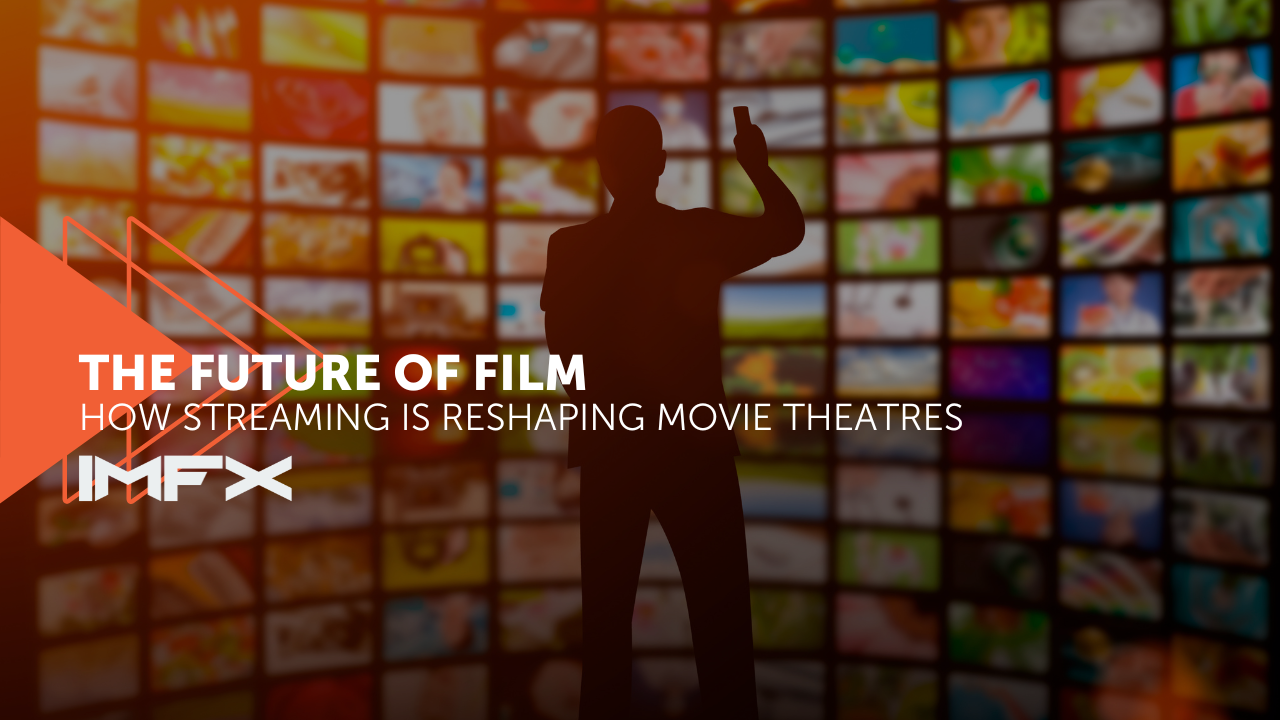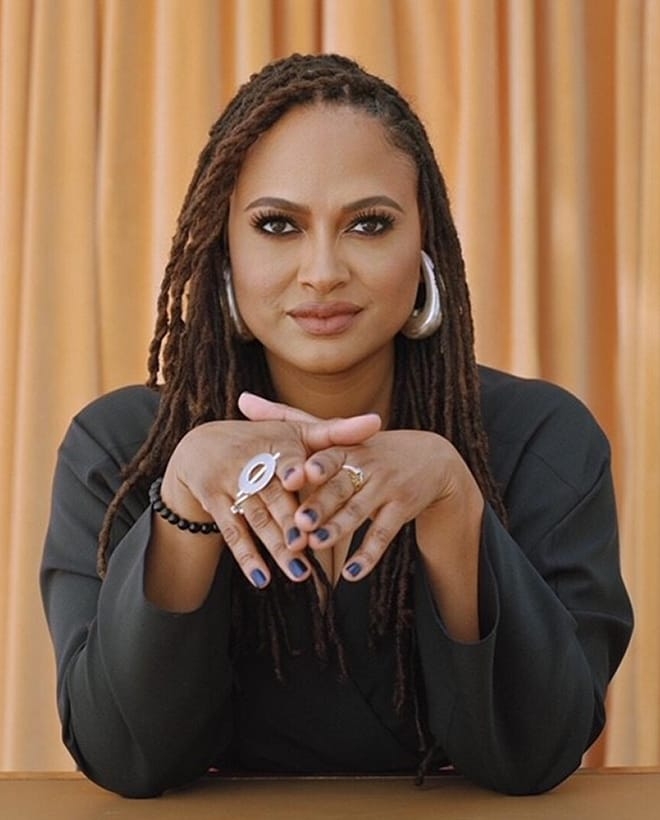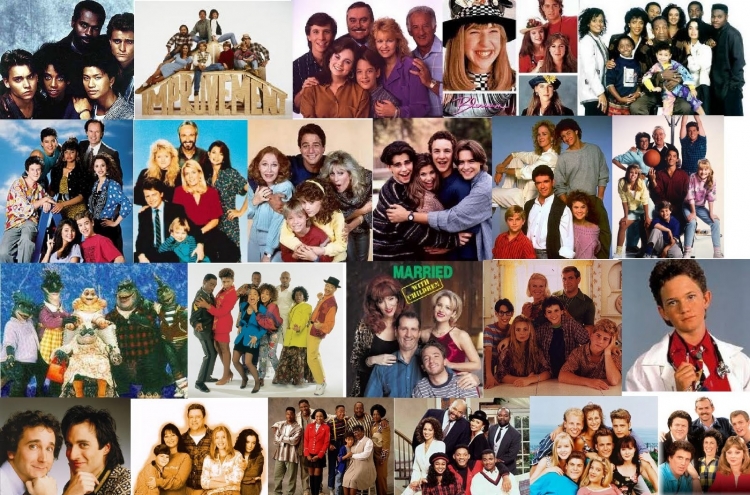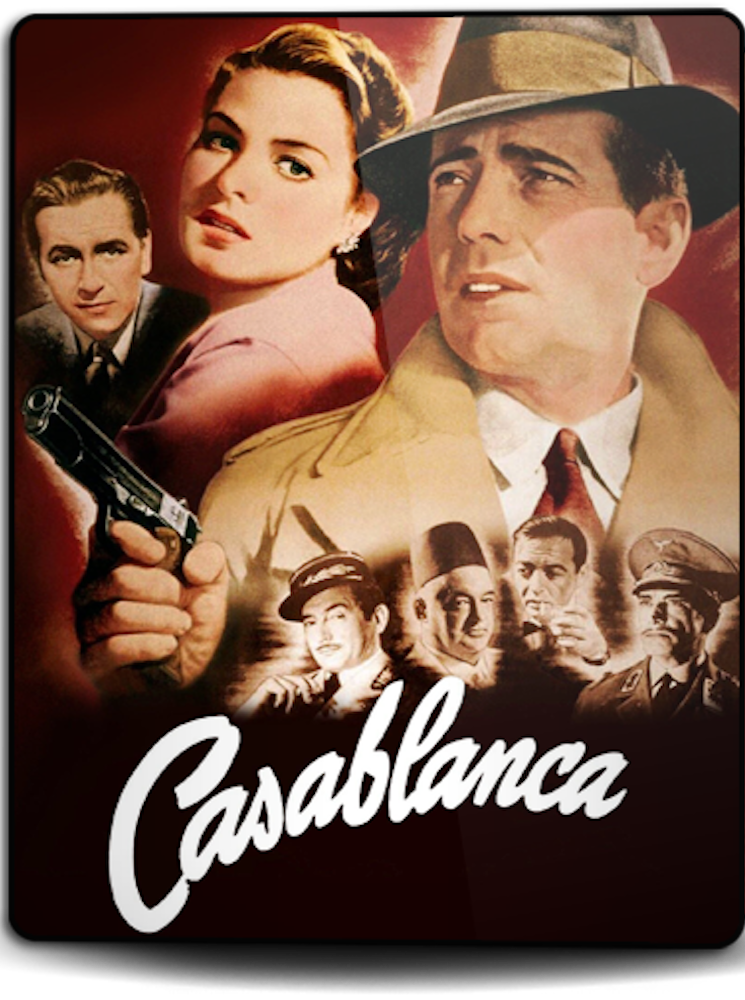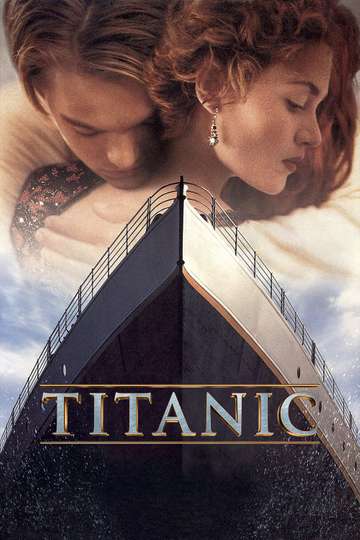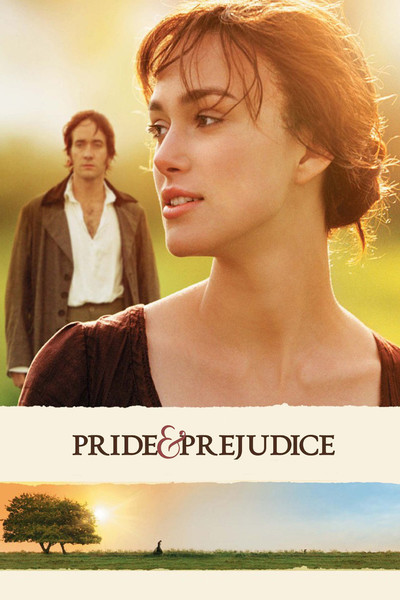Examining the Distinctive Directorial Style of Visionary Filmmaker Christopher NolanExamining the Distinctive Directorial Style of Visionary Filmmaker Christopher Nolan
Christopher Nolan stands as one of the most influential and visionary filmmakers of our time, known for his bold storytelling, intricate narratives, and groundbreaking visual techniques. In this director spotlight, we delve into the distinctive directorial style of Christopher Nolan, exploring the elements that define his cinematic approach and the impact of his work on the film industry and audiences worldwide.
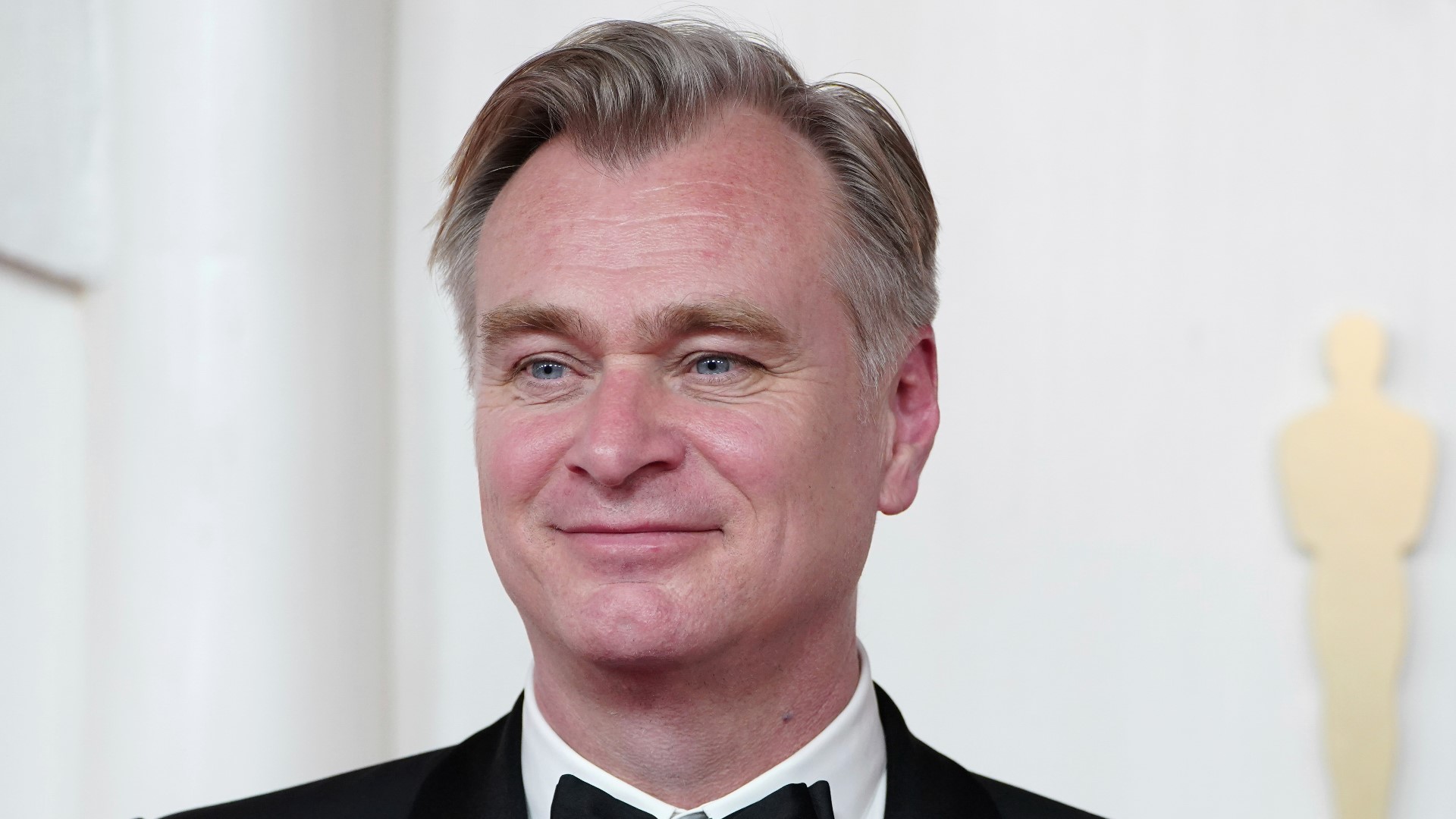
Mind-Bending Narratives
At the core of Nolan’s directorial style is his penchant for crafting mind-bending narratives that challenge conventional storytelling norms. From non-linear timelines and parallel universes to unreliable narrators and intricate plot twists, Nolan’s films often leave audiences questioning reality and reevaluating their perceptions of time and space. Films like “Memento,” “Inception,” and “Tenet” showcase his mastery of narrative complexity, inviting viewers on a cerebral journey that blurs the lines between dreams and reality, past and present, and truth and illusion.
Nolan is renowned for his commitment to practical effects and immersive filmmaking techniques that prioritize authenticity and spectacle. Rather than relying solely on computer-generated imagery (CGI), Nolan often opts for practical stunts, real locations, and meticulously crafted sets to achieve cinematic grandeur. This dedication to practicality and authenticity not only enhances the visual impact of his films but also creates a sense of tangible realism that resonates with audiences on a visceral level. Whether it’s the practical effects-driven heist sequences in “The Dark Knight” trilogy or the gravity-defying action scenes in “Interstellar,” Nolan’s films are a testament to the power of practical filmmaking in an increasingly digital age.
Exploration of Existential Themes
Nolan’s films often grapple with existential themes such as identity, morality, and the nature of reality, inviting viewers to ponder the mysteries of the human condition. Whether exploring the psychological toll of obsession and guilt in “The Prestige,” the ethical dilemmas of surveillance and justice in “The Dark Knight,” or the existential questions of life, death, and love in “Interstellar,” Nolan’s films delve into the depths of the human psyche with philosophical depth and emotional resonance. Through his exploration of existential themes, Nolan challenges audiences to confront their own beliefs and values, sparking introspection and discussion long after the credits roll.
Nolan is known for his innovative approach to filmmaking, constantly pushing the boundaries of cinematic storytelling and visual language. From his use of IMAX cameras and practical effects to his experimentation with unconventional aspect ratios and sound design, Nolan’s films are a masterclass in technical innovation and creative experimentation. Whether it’s the mind-bending hallway fight scene in “Inception,” the time-bending narrative structure of “Dunkirk,” or the intricate soundscapes of “Interstellar,” Nolan’s films are a testament to his commitment to pushing the boundaries of what is possible in cinema.
Christopher Nolan’s impact on the film industry and popular culture cannot be overstated. Through his visionary storytelling, groundbreaking visual techniques, and commitment to cinematic excellence, Nolan has redefined the possibilities of filmmaking and inspired a new generation of filmmakers to push the boundaries of creativity and innovation. His films have not only captivated audiences worldwide but also earned critical acclaim and industry recognition, solidifying his status as one of the most influential directors of the 21st century. As we continue to marvel at the cinematic wonders of Christopher Nolan’s oeuvre, one thing is certain: his visionary spirit will continue to shape the future of cinema for generations to come.
Emotional Depth and Human Drama
While Christopher Nolan’s films are renowned for their intellectual complexity and visual spectacle, they also possess a profound emotional depth and human drama that resonates with audiences on a deeply personal level. Despite the fantastical premises and high-concept narratives of his films, Nolan’s characters are often grounded in relatable human experiences, grappling with universal themes of love, loss, redemption, and sacrifice. Whether it’s the fractured relationship between a father and son in “Interstellar,” the existential crisis of a man grappling with memory loss in “Memento,” or the moral struggles of a conflicted vigilante in “The Dark Knight,” Nolan’s characters are richly drawn and emotionally compelling, imbuing his films with a sense of humanity and empathy that transcends genre conventions.
Nolan’s directorial style is characterized by a collaborative spirit and a relentless pursuit of artistic excellence. He collaborates closely with a trusted team of creative collaborators, including cinematographer Hoyte van Hoytema, composer Hans Zimmer, and editor Lee Smith, to bring his cinematic vision to life. Together, they work tirelessly to craft immersive worlds, unforgettable characters, and breathtaking visual sequences that captivate audiences and push the boundaries of storytelling. Nolan’s commitment to collaboration and artistic vision has earned him the admiration and respect of his peers, cementing his reputation as a visionary filmmaker with an unwavering commitment to cinematic excellence.
As Christopher Nolan’s illustrious career continues to unfold, his legacy and influence on the film industry and popular culture only continue to grow. His films have not only redefined the possibilities of cinematic storytelling and visual spectacle but also inspired a new generation of filmmakers to pursue their creative passions and push the boundaries of innovation. Nolan’s impact can be felt across a wide range of genres and mediums, from blockbuster action films and cerebral thrillers to experimental art-house cinema and immersive virtual reality experiences. As audiences around the world continue to marvel at the cinematic wonders of Christopher Nolan’s oeuvre, one thing is certain: his visionary spirit and boundless creativity will continue to shape the future of cinema for generations to come.
Evolving Artistry and Unforgettable Moments
Christopher Nolan’s career has been marked by a consistent evolution of his artistic vision, leading to an ever-expanding repertoire of unforgettable cinematic moments. From the gravity-defying hallway fight scene in “Inception” to the breathtaking docking sequence in “Interstellar,” Nolan’s films are filled with iconic imagery and jaw-dropping set pieces that linger in the minds of audiences long after the credits roll. His meticulous attention to detail, combined with his mastery of visual storytelling, creates moments of pure cinematic magic that transcend language and culture, resonating with viewers on a primal level.
Nolan’s films often explore complex philosophical concepts and existential themes, prompting audiences to ponder the deeper meaning behind the spectacle. Whether grappling with the nature of time and memory in “Memento,” the moral complexities of justice and vigilantism in “The Dark Knight,” or the metaphysical implications of dreams and reality in “Inception,” Nolan seamlessly integrates philosophical inquiry into his narratives, challenging audiences to engage with intellectually stimulating ideas while still delivering edge-of-your-seat entertainment. This intersection of philosophy and entertainment distinguishes Nolan’s work and elevates it beyond mere spectacle, inviting viewers to engage with his films on multiple levels of meaning and interpretation.
Throughout his career, Christopher Nolan has demonstrated a remarkable resilience and adaptability in the face of adversity and challenges. Whether navigating the complexities of big-budget studio filmmaking or pushing the boundaries of independent cinema, Nolan has remained steadfast in his commitment to his artistic vision, refusing to compromise his principles or succumb to industry pressures. His ability to adapt to changing technologies and audience expectations while staying true to his creative instincts has enabled him to continue pushing the boundaries of cinematic innovation and storytelling, ensuring his relevance and impact in an ever-evolving industry.
In this director spotlight, we’ve only scratched the surface of Christopher Nolan’s distinctive directorial style and the impact of his work on the film industry and audiences worldwide. As we eagerly anticipate his future endeavors, one thing is clear: Christopher Nolan’s visionary storytelling and groundbreaking visual techniques will continue to captivate and inspire audiences for years to come.

